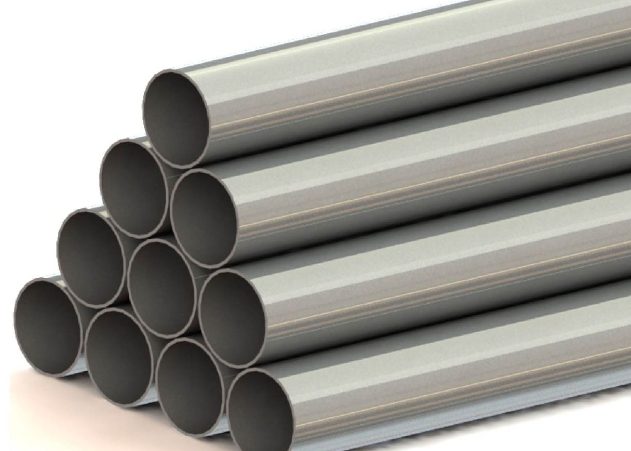Stainless steel is renowned for its durability, resistance to corrosion, and sleek appearance, making it a popular choice in various industries. However, despite its many desirable properties, stainless steel is not commonly used for plumbing systems. In this article, we'll delve into the reasons behind this and explore alternative materials used in plumbing.

- Cost Considerations: One of the primary factors influencing the limited use of stainless steel in plumbing is its relatively high cost compared to other materials such as copper, PVC, and PEX. While stainless steel offers longevity and minimal maintenance requirements, its initial installation cost can be prohibitive for many projects, especially in residential settings where budget constraints are often a significant consideration.
- Difficulty in Fabrication: Unlike copper, which is relatively easy to bend and shape, stainless steel requires specialized tools and expertise for fabrication. This increases installation time and labor costs, further adding to the overall expense of using stainless steel in plumbing systems. Additionally, the rigidity of stainless steel pipes can pose challenges when navigating tight spaces or around obstacles within a building's structure.
- Potential for Corrosion: Although stainless steel is known for its corrosion resistance, it is not entirely immune to corrosion under certain conditions. In aggressive environments with high chloride concentrations or low pH levels, stainless steel can still experience localized corrosion, particularly if the material is of inferior quality or improperly installed. This susceptibility to corrosion may undermine the long-term reliability of stainless steel plumbing systems, especially in areas with poor water quality or harsh chemical exposure.
- Thermal Conductivity: Compared to materials like copper, stainless steel has lower thermal conductivity, meaning it is not as efficient at transferring heat. This can result in slower hot water delivery and potentially higher energy costs to maintain desired temperatures in plumbing systems. In applications where rapid heat transfer is essential, such as in hydronic heating systems, stainless steel may not be the most practical choice.
Alternatives to Stainless Steel in Plumbing: Despite the limitations of stainless steel, there are several alternative materials commonly used in plumbing systems:
- Copper: Known for its excellent corrosion resistance, malleability, and thermal conductivity, copper remains a popular choice for plumbing applications, particularly in residential and commercial buildings.
- PVC (Polyvinyl Chloride): PVC pipes are lightweight, cost-effective, and resistant to corrosion and chemical damage, making them suitable for a wide range of plumbing installations.
- PEX (Cross-linked Polyethylene): PEX pipes offer flexibility, ease of installation, and resistance to freezing and corrosion, making them an attractive alternative to traditional metal pipes in plumbing systems.
While stainless steel possesses many desirable properties, its limited use in plumbing is primarily attributed to cost considerations, fabrication challenges, potential for corrosion, and thermal conductivity issues. As such, alternative materials like copper, PVC, and PEX continue to dominate the plumbing industry, offering a balance of performance, affordability, and ease of installation for various applications.








